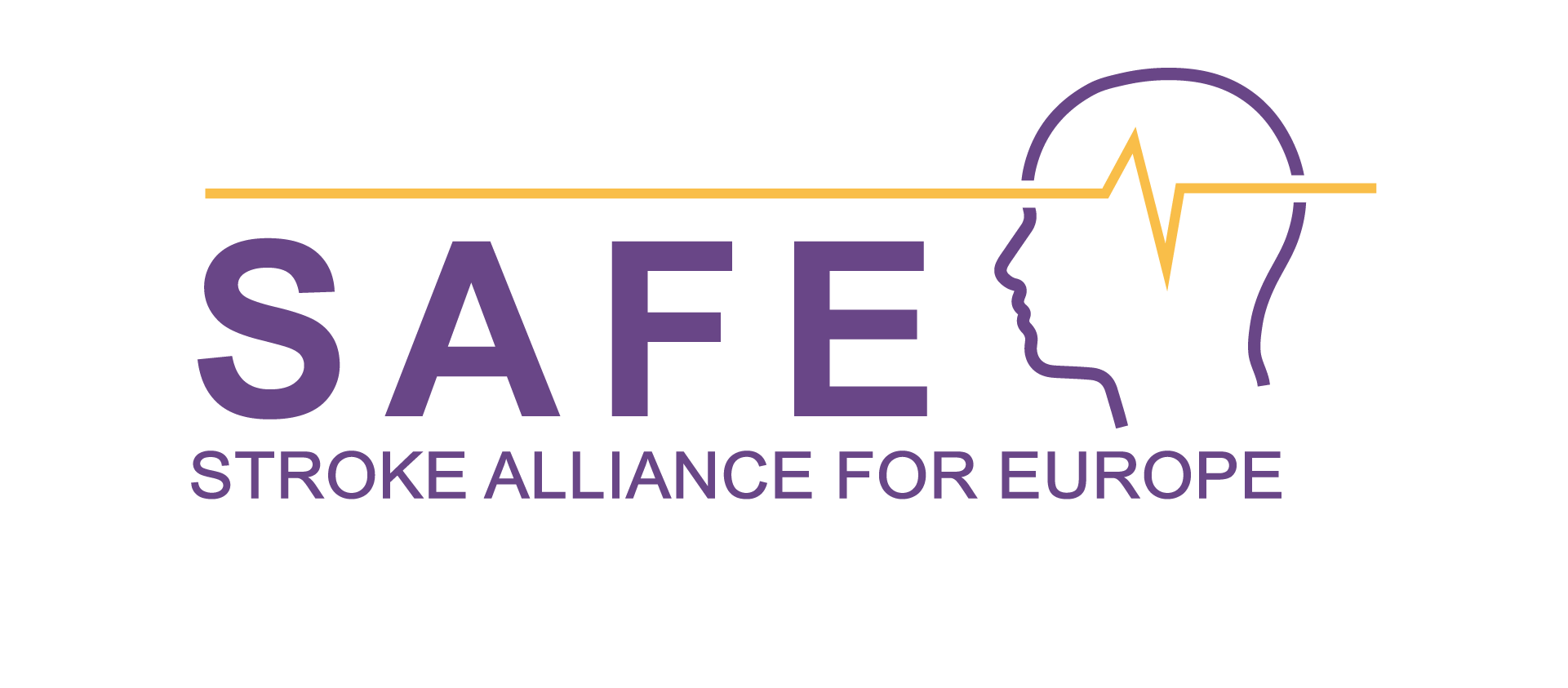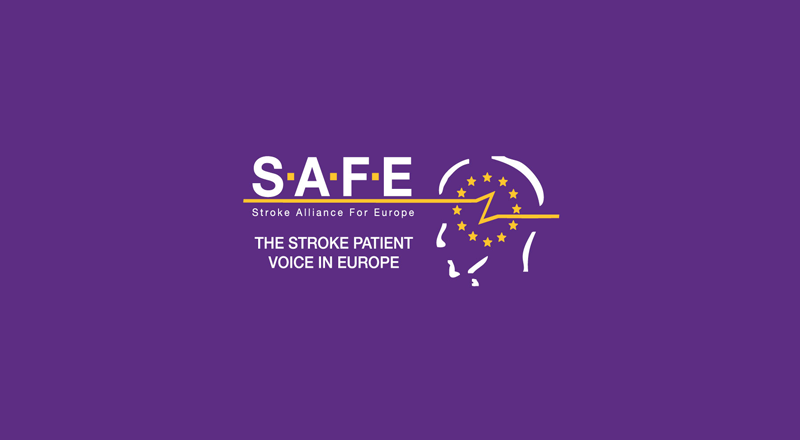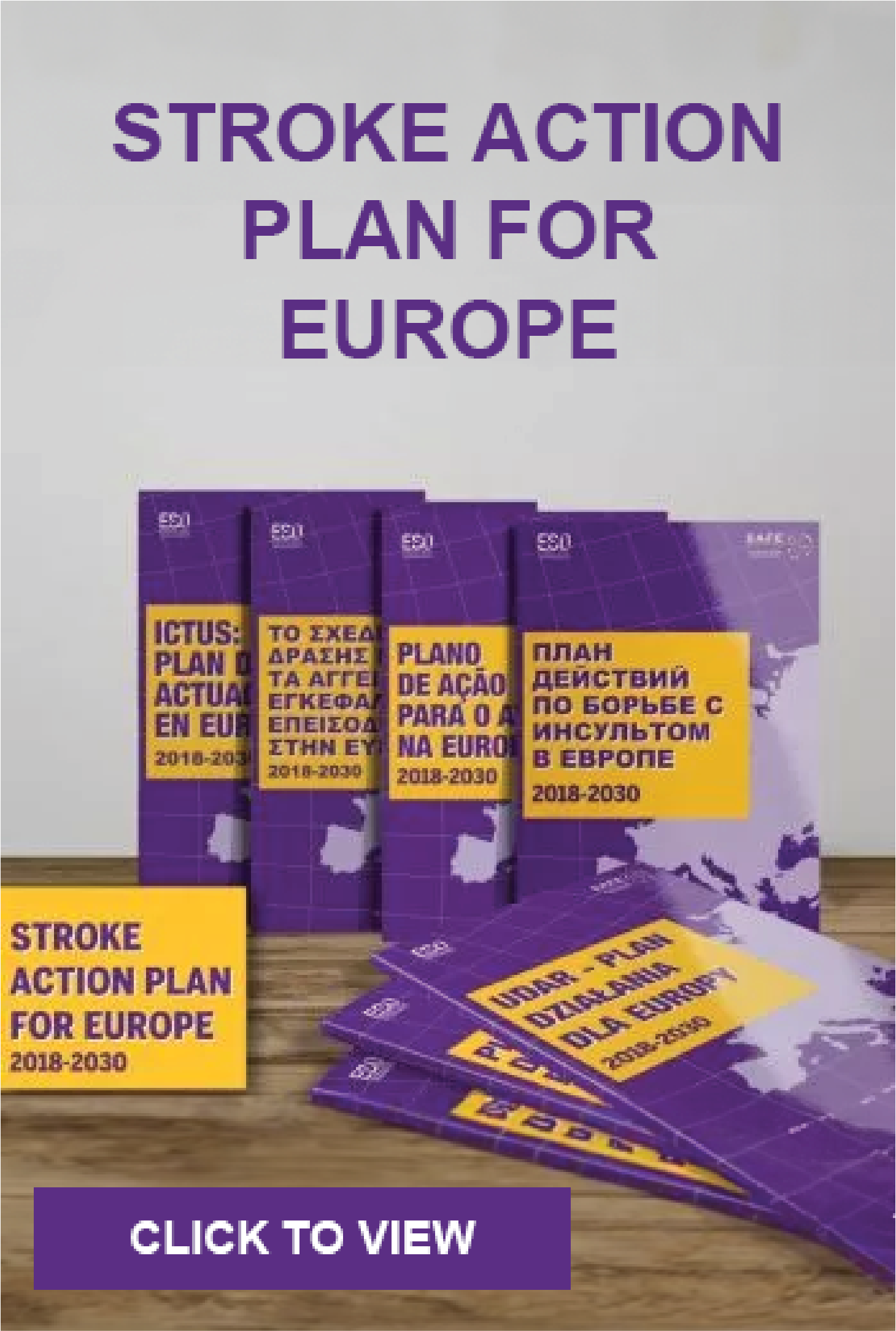Published first on ScienceDaily
New research published in the journal Nature for the first time reveals the atomic structure of a key molecular component of the nervous system.
Scientists at OHSU used advanced imaging techniques to ascertain the resting state of an acid-sensing ion channel. “They are really important ion channels that are spread throughout the body,” said senior author Eric Gouaux, Ph.D., senior scientist with the OHSU Vollum Institute and an investigator with the Howard Hughes Medical Institute. “People have pursued them as targets for stroke therapies, and they clearly have important roles in pain transduction.”
Ion channels create tiny openings in the membrane of cells throughout the body, allowing the transmission of signals in the nervous system. Acid-sensing ion channels are believed to play a role in pain sensation as well as psychiatric disorders. OHSU scientists expect the basic science research will spur new research and development into therapeutic agents targeting the channel.
For example, in 2017 researchers in Australia discovered a small protein that appeared to block acid-sensing ion channels in the brain of rodents, potentially a useful treatment to minimize brain damage after stroke.
The new research examined acid-sensing ion channels in isolation. Scientists said the next phase of the research will involve studying the channels embedded within tissue to better understand how the they interact with other key proteins within the cellular membrane.
“To fix a car, you need to understand what the engine looks like,” said lead author Nate Yoder, a researcher in the Gouaux Lab.
The study published in the journal Nature, brings into focus the full range of motion for the channel, as the desensitized and open states previously had been revealed in research published in 2009 and 2014.
Story Source: Oregon Health & Science University. “Nervous system discovery could inform stroke, pain therapies: Researchers reveal ion channel that could be target for medications.” ScienceDaily. ScienceDaily, 7 March 2018. <www.sciencedaily.com/releases/2018/03/180307141359.htm>.





